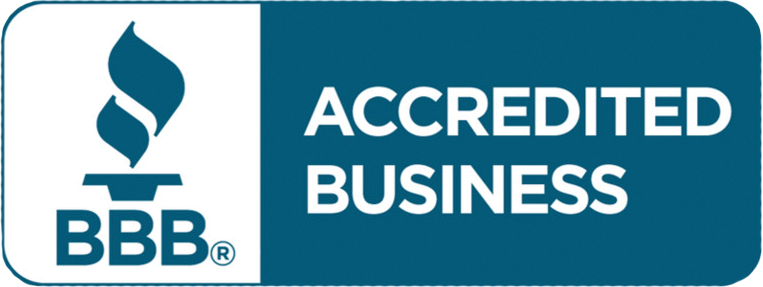Fall 2024 Real Estate Forecast: Cleveland’s Market Trends and Opportunities
Cleveland real estate trends are entering fall 2024 with distinct patterns emerging across our diverse neighborhoods. From the historic homes of Shaker Heights to the modern condos of downtown, each area tells its own story of market dynamics. Let’s explore what local buyers, sellers, and investors can expect in the coming months, backed by data from the Cleveland Area Board of Realtors and local market analysis.
Cleveland’s Economic Foundation: Driving Housing Demand
Cleveland isn’t your average Midwestern city. We’ve got a diverse economy that keeps things humming, and that’s great news for the housing market. Take the Cleveland Clinic, for example. Their massive expansion project has pumped a billion dollars into University Circle, and you can bet that doctors and nurses want to live close by. I’ve seen bidding wars erupt over charming bungalows within a 15-minute commute!
Then there’s the tech scene exploding along Euclid Avenue. Progressive Insurance and other innovators are setting up shop, drawing in young professionals who are snapping up those cool lofts in Midtown. And let’s not forget our roots – manufacturing is still a powerhouse here. With new electric vehicle plants popping up, suburbs like Brook Park and Euclid are seeing a surge of interest from skilled workers relocating to the area. It’s like a real-life game of Monopoly, and everyone wants a piece of the action!
Neighborhood Narratives: A Closer Look
Over on the west side, Lakewood is the star of the show. Houses are practically flying off the shelves, spending an average of just 8 days on the market. That’s a 30% drop from last year! The blend of historic architecture and new builds, plus top-notch schools, has families clamoring to get in. Median prices have jumped 7% since January, and if you’re dreaming of waterfront living in Rocky River, be prepared to act fast – those gems often get snatched up before they even hit the market.
The east side is a fascinating mix. Cleveland Heights is buzzing with young energy, especially in the Cedar-Fairmount district. Those beautifully updated Craftsman homes are hotter than a batch of pierogi fresh from the West Side Market! Meanwhile, Shaker Heights, with its stately mansions and leafy lanes, still attracts those who appreciate classic elegance. But even there, buyers are looking for modern comforts alongside the historic charm.
Downtown’s Dynamic Duo: Investment and Development
Downtown Cleveland is undergoing a renaissance, and the Opportunity Corridor is a prime example. This major infrastructure project has sparked a wave of investment in nearby neighborhoods. Property values within a half-mile radius have shot up by 12% – that’s more than double the citywide average! Slavic Village is experiencing a construction boom, and Kinsman is seeing strong growth in home values.
Affordability: Cleveland’s Secret Weapon
Let’s face it, big-city living can be expensive. But Cleveland? We’re a breath of fresh air. You can still find a fantastic three-bedroom home in desirable suburbs like Solon or Brecksville for a fraction of what you’d pay in Chicago or Boston. That’s music to the ears of remote workers and young families, especially those drawn to top-rated schools in places like Beachwood and Independence.
Crystal Ball Gazing: Winter 2024-2025
What does the future hold? Well, all signs point to continued stability and even stronger growth in certain areas. The University Hospital expansion and the ongoing development in the Flats East Bank will keep those markets sizzling. And keep an eye on transitional neighborhoods like Detroit-Shoreway and Collinwood – they’re on the verge of something big.
Need a Guide? We’re Here to Help
Navigating the Cleveland real estate market can be exciting, but it also requires expertise. Whether you’re aiming for a quick sale or looking to invest wisely, we know the ins and outs of every neighborhood. We can provide the insights you need to make smart decisions in this ever-changing landscape. So don’t hesitate to reach out – let’s talk about your real estate dreams! Call We Buy Houses Cleveland today to discuss your real estate goals in the Cleveland real estate ever-evolving market.



